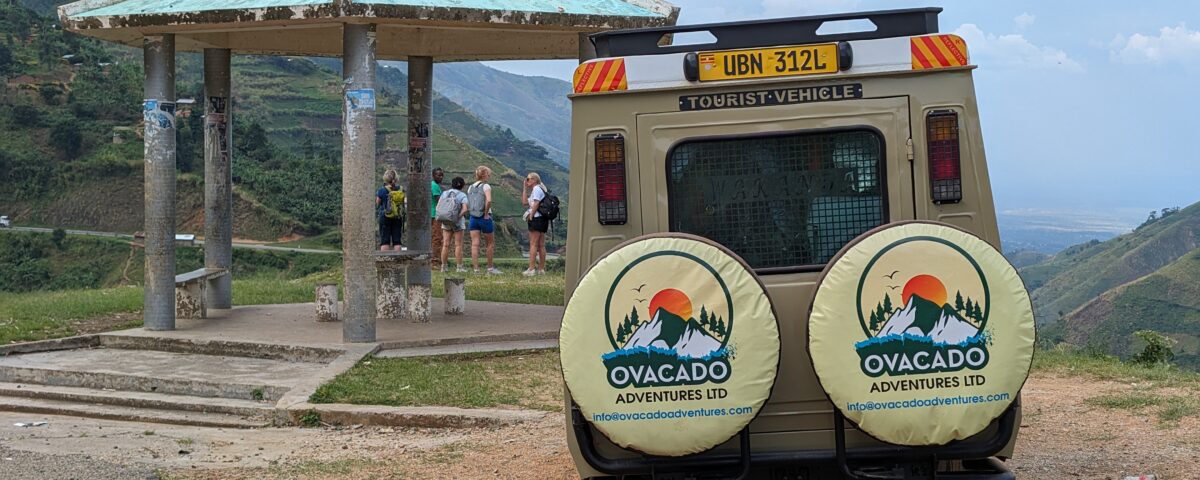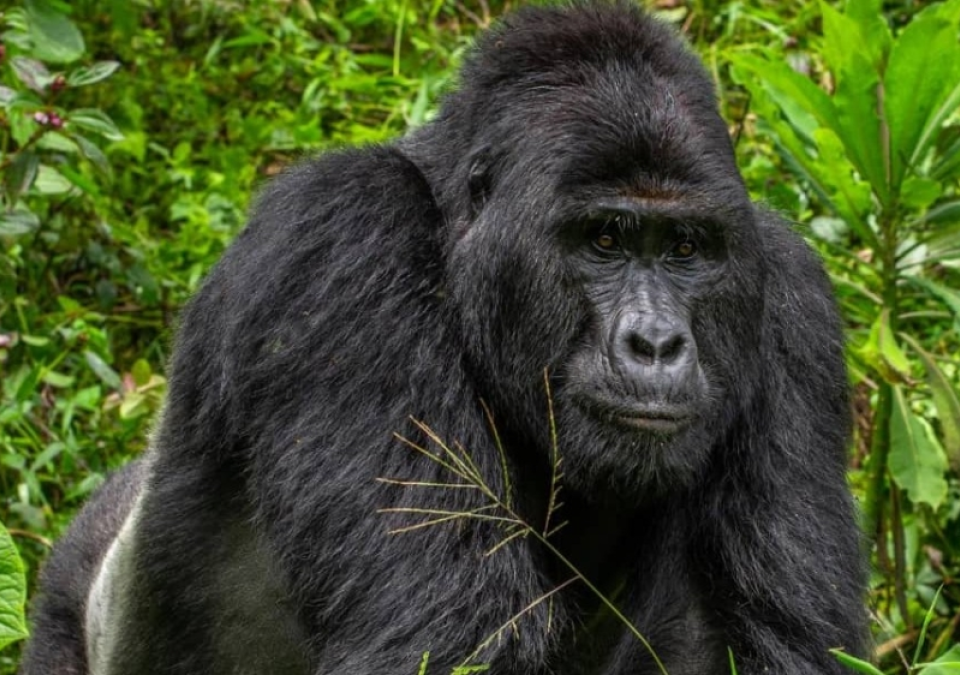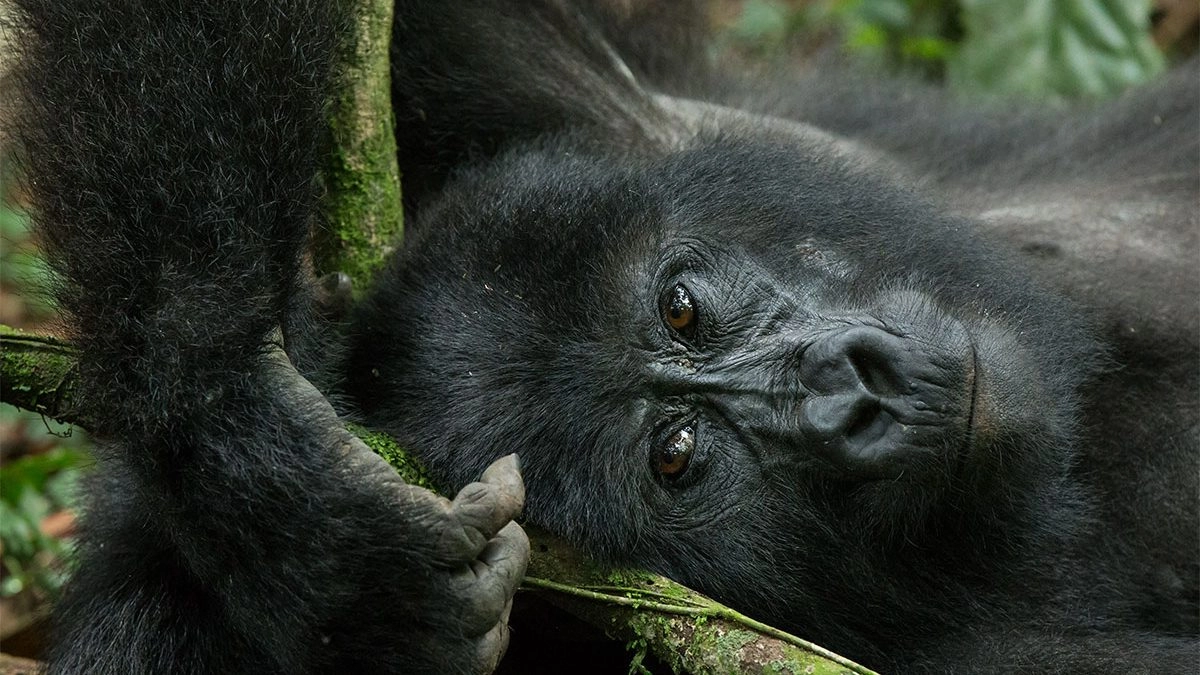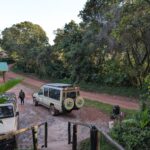
Rwanda Gorilla Trekking Cost Per Person
August 14, 2025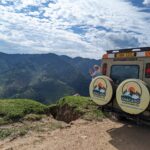
Is September a Good Time to Visit Uganda?
August 14, 2025Rwanda Gorilla Trekking Best Time to Go
Rwanda Gorilla Trekking offers travelers an unforgettable opportunity to encounter mountain gorillas in their natural habitat within Volcanoes National Park. Choosing the best time to go is crucial for maximizing the trekking experience while ensuring comfort, safety, and optimal wildlife observation. Travelers from around the world, including those planning Rwanda Gorilla Trekking from Greece, often ask when they should schedule their safari for the best experience.
While gorillas can be tracked year-round, certain months provide easier trail navigation, better visibility, and more pleasant weather conditions. Proper planning not only enhances the trekking adventure but also ensures visitors can enjoy cultural interactions, local cuisine, and scenic lodge stays along the way. Selecting the right season influences the overall experience, cost, and accessibility of Rwanda Gorilla Safaris.
Understanding Rwanda’s Climate: Why Timing Matters
Rwanda’s tropical rainforest climate affects trekking conditions throughout the year. Rainfall can occur at any time, even during the so-called dry seasons. Trails may become muddy, steep slopes more challenging, and visibility for photography limited during wet months. For this reason, careful timing improves comfort and safety. Visitors often ask, “When to Go for a Rwanda Gorilla Safari?” The dry seasons, from June to September and December to February, provide optimal conditions for trekking.
These months feature reduced rainfall, firmer ground, and thinner vegetation, which enhances visibility for spotting gorillas. On the other hand, traveling during the rainy seasons—March to May and October to November—offers fewer crowds, lush scenery, and vibrant biodiversity. However, trekkers should be prepared for slippery trails and increased physical effort during these months.
Dry Season Gorilla Trekking: Advantages and Considerations
The dry seasons in Rwanda offer several advantages for gorilla trekking. First, trails are less muddy, allowing safer and faster hiking to gorilla families. Second, vegetation thins out, improving visibility and photographic opportunities. Many travelers seeking Rwanda Gorilla Safari Lodges or considering where to stay on a Rwanda Gorilla Safari prefer lodges with proximity to trekking trailheads, enabling early morning departures and maximizing wildlife observation.
However, the dry season also coincides with peak tourism periods, meaning gorilla permits are in high demand. Booking permits well in advance is essential. Travelers asking, “What to Pack for a Rwanda Gorilla Safari?” should include lightweight rain gear, trekking poles, and cameras with lenses suitable for forest photography to fully benefit from dry-season advantages while staying prepared for occasional rain showers.
Rainy Season Gorilla Trekking: Unique Experiences
While rain makes trails more challenging, the rainy seasons in Rwanda present unique and memorable experiences. Forests are lush, streams flow vibrantly, and flora and fauna reach peak abundance. Fewer tourists visit during these months, allowing a more intimate trekking experience. Visitors often observe increased wildlife activity, and the forest provides a serene, less crowded environment.
Staying in Rwanda Gorilla Safari Lodges during the rainy season also allows closer engagement with local communities, as lodges often organize cultural experiences, craft workshops, and Batwa village visits with fewer crowds. Although trekking is physically demanding during wet months, the immersive rainforest experience can be deeply rewarding for travelers seeking authenticity. Including waterproof hiking gear, sturdy boots, and walking sticks ensures comfort and safety during wet-season treks.
Planning Your Trek: Duration and Lodge Selection
Selecting the best time to go also depends on tour duration and lodge preferences. Rwanda Gorilla Trekking Packages range from one-day treks to five-day luxury safaris. Longer safaris provide additional opportunities for cultural tours, golden monkey tracking, and scenic walks around the volcanoes. Lodges often feature immersive activities like traditional drumming, local cooking classes, and guided community tours.
Visitors frequently ask, “Where to Stay on a Rwanda Gorilla Safari?” Mid-range and luxury lodges near trailheads reduce travel time, offer scenic views, and enhance overall convenience. Booking accommodations in alignment with the chosen trekking season ensures comfort, availability, and access to guided experiences, particularly during the dry season when lodges fill quickly due to high tourist demand.
Combining Gorilla Trekking with Cultural Experiences
Rwanda Gorilla Trekking is not only about wildlife; it also provides opportunities for meaningful cultural engagement. Many lodges integrate cultural tours, such as visits to Batwa communities, local art centers, or rural villages. Travelers often inquire, “What to Pack for a Rwanda Gorilla Safari?” including attire suitable for cultural visits and respectful interactions with local communities.
Engaging in these experiences enriches the safari, supports local livelihoods, and enhances understanding of Rwanda’s history and traditions. Cultural experiences are particularly rewarding when combined with trekking during the dry season, as weather conditions allow easier access to remote villages, open markets, and community workshops. These combined experiences create an authentic East African adventure that appeals to global travelers seeking both wildlife and cultural enrichment.
Practical Tips for Choosing the Best Time to Go
To determine the best time for gorilla trekking, consider physical preparation, weather tolerance, crowd preferences, and budget. Peak dry-season months offer ideal conditions for easy trekking, photography, and lodge comfort but often come with higher costs. Shoulder months of March to May and October to November may be less crowded, offering budget-friendly rates and more intimate wildlife encounters, though trails can be muddy.
Early booking of gorilla permits, particularly during peak seasons, ensures access to the most sought-after gorilla families. Travelers planning Rwanda Gorilla Trekking from Greece or other international destinations should also coordinate flights, local transfers, and lodge reservations well in advance to avoid logistical challenges. Proper planning maximizes both safety and the quality of the wildlife experience.
Health, Safety, and Preparation Tips
Regardless of season, safety and preparation are paramount for Rwanda Gorilla Trekking. Maintaining a distance of at least seven meters from gorillas prevents disease transmission and ensures minimal disturbance. Essential gear includes hiking boots, rain jackets, long-sleeved clothing, gloves, and trekking poles. During wet seasons, waterproof gear is especially important, while the dry season allows lighter layers for comfort during long hikes.
Travel insurance, vaccinations, and adherence to park rules further enhance safety. Visitors asking, “When to Go for a Rwanda Gorilla Safari?” should also consider personal fitness and endurance, as trekking can range from a few hours to an entire day depending on gorilla family locations and trail conditions.
Maximizing Your Rwanda Gorilla Trekking Experience
Choosing the best time for Rwanda Gorilla Trekking requires balancing weather conditions, permit availability, lodge preferences, and cultural opportunities. Dry seasons from June to September and December to February offer ideal trekking conditions, easier trails, and clear photography opportunities. Rainy seasons from March to May and October to November provide lush landscapes, fewer tourists, and unique forest experiences.
Combining well-timed trekking with cultural interactions, lodge experiences, and additional wildlife activities ensures a complete and memorable safari. Proper preparation, early permit booking, and thoughtful lodge selection allow visitors to fully enjoy Rwanda Gorilla Safaris, whether planning from Greece or other international destinations, creating a safe, immersive, and unforgettable East African adventure.


